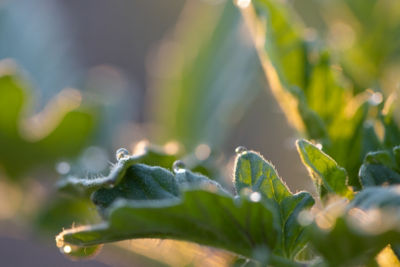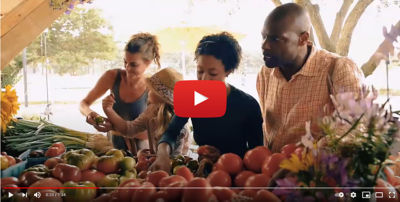

Highlights
- Open, generative plant type
- High fruit quality with slightly flat ribbed fruits
- With high resistance to Fusarium crown and root rot and Fusarium wilt, races 1-2, this variety can be grown ungrafted
- Average fruit weight of 270 - 300 grams
Agronomics
Anticipated Disease Resistance Package
- HR: ToMV:0-2/ToTV/Ff:A-E/Fol:1,2/For
- IR: On
Growing Tips
- Environment: Heated glasshouses
- Season: Year round
- Head density: Varies according to latitude, greenhouse type and crop cycle
- Common head density seen in commercial crops varies from 2.7 to 3.6 heads/m2

Grafting
When grafted, it’s recommended to pinch on the second true leaf to minimize potential incidents of blind heads. Grafting on DR0141TX, Maxifort and Multifort for long crops in warm regions is recommended. For short crops, grafting is not possible; however, DRTH5014 lacks resistance to Verticillium, which can be a problem. In this case, DR0138TX is a good grafting option for short crops.
Fruit Fall
Avoid the high humidity associated with heat stress during the low-light season by properly managing your heating system and maintaining an active climate. Under the same conditions, irrigation and electrical conductivity may interfere negatively in the instance of fruit fall. Regular, timely leaf removal does help minimize fruit fall and quality issues.
KEY TO DISEASE RESISTANCE
FF: LEAD MOLD
FOL: FUSARIUM WILT
FOR: FUSARIUM CROWN AND ROOT ROT ON: POWDERY MILDEW
TOMV: TOMATO MOSAIC VIRUS
TOTV: TOMATO TORRADO VIRUS
VA/VD: VERTICILLIUM WILT
HR = HIGH RESISTANCE
IR = INTERMEDIATE RESISTANCE
TO FIND OUT MORE ABOUT DISEASE RESISTANCE AND THE APPLICABLE LEVELS OF DISEASE RESISTANCE, VISIT WWW.WORLDSEED.ORG, AND VIEW THE “DEFINITION OF THE TERMS DESCRIBING THE REACTION OF PLANTS TO PESTS FOR THE VEGETABLE INDUSTRY” PAPER IN THE VEGETABLE RESOURCES SECTION.
*Experimental designation. Experimental/precommercial varieties are being shown/described for demonstration purposes only and are not being offered for sale.ffered for sale.
Performance may vary from location to location and from year to year, as local growing, soil and weather conditions may vary. Growers should evaluate data from multiple locations and years whenever possible and should consider the impacts of these conditions on the grower’s fields.
Any recommendations in this article are based upon glasshouse observations and feedback received from a limited number of trials and locations. These recommendations should be considered as one reference point and should not be substituted for the professional opinion of agronomists, entomologists or other relevant experts evaluating specific conditions.
De Ruiter® is a registered trademark of Bayer Group. ©2020 Bayer Group. All rights reserved.
BAYER, BAYER CROSS DESIGN, AND DE RUITER® ARE REGISTERED TRADEMARKS OF BAYER GROUP. ©2020 BAYER GROUP. ALL RIGHTS RESERVED.



